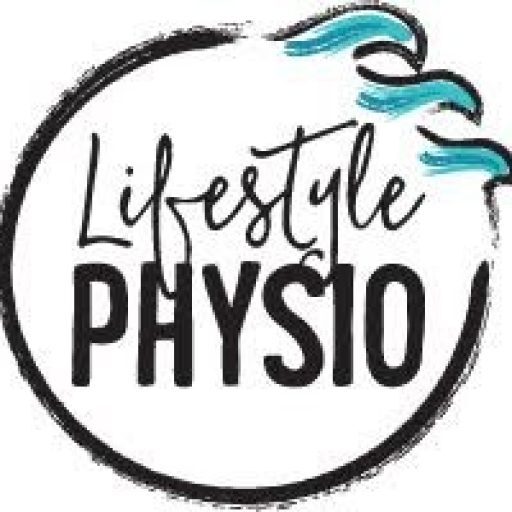
The recent Australian Open has motivated so many of us to get out and give tennis a go. Not all of us can play like Ash Barty though, and here is why.
Unlike running, swimming, walking and cycling; which are performed in a straight line, tennis requires rapid changes of direction, explosive acceleration, and cat like reflexes.
The most common injuries are reported in the lower limb, especially the ankle, knee and thigh, which are a result of the forces required to sprint, stop, pivot and react against the surface of the court.
Ankle sprain
Acutely, ankle sprain occurs as a result of rapid loading without control. In contrast lower limb tendinopathies (lateral hip pain, anterior knee pain or achilles soreness) tend to be caused by repetitive loading of a weak structure (think haven’t played in 10 years and then play 3 times in a week!).
Tennis Elbow
What we have seen more than ever in the clinic is “tennis elbow”. Technically called lateral Epicondylagia, it is a result of excessive load on a muscle in your forearm (your Extensor Carpi Radialis Brevis). This muscle is responsible for wrist extension, and grip strength and is why tennis elbow isn’t only a pain during a match or why it doesn’t discriminate between non-players.
Shoulder injuries associated with tennis are overload in nature, and commonly related to the rotator cuff, which is responsible for stability in the shoulder joint.
Lower Back Injuries
Finally, lower back injuries and pain are most likely a result of the rotation required with hitting and reacting to a moving target during play. The combination of lumbar rotation, extension and lateral flexion to serve the ball can also be tricky to master.
Doesn’t exactly sound enticing does it? But there are ways to reduce the risks…
- Type of Racquet – ensure the racquet you use suits you. Is it the correct size, weight, string tension and grip diameter?
- Are you as good as you think? Technique is everything, a coach is the best investment for injury prevention.
- Court Condition – Playing on a old court that hasn’t been maintained? You’re asking for an ankle sprain. There are plenty of great local court options.
- Footwear – don’t have a pair of tennis shoes? That’s no problem, but just make sure you pick something suitable. Some grip helps, not too much padding under the sole, and good support around the ankle will reduce the chance of an ankle sprain. A common recommendation is a cross training shoe with quite a flat sole.
- Poor Physical Condition or Poor Injury Rehab – with the previous factors in mind, without adequate strength or stability, your risk of injury increases exponentially. Some important factors are glute control, static and dynamic lower limb balance, and core strength. This list is far from exhaustive, and it is essential to focus on your whole lower limb conditioning. It goes without saying that without the appropriate management following a previous injury, your injury risk will increase. THIS is where we can HELP.
Thinking about getting on the court? Or are you sore and sorry after you play?
Lifestyle Physio focuses on what you can do, and how we can get you back, fully recovered, so you can get on with loving your life. On or off the court.
